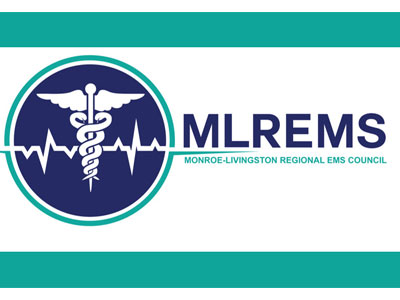 |
RSI for the Non-RSI Provider |
0.50 |
This course is an overview of the RSI procedure and the means by which requests should be made for an RSI provider in the MLREMS system.
The course will describe the RSI process, indications for RSI in the prehospital setting, and what both ALS and BLS providers can do to assist in the RSI process.
Successful completion of the course and accompanying quiz will earn 0.5 hours of CME credit. |
 |
MSU BLS Overview |
1.00 |
Monroe County, in Western New York, has obtained its first Mobile Stroke Unit (MSU). "The construction and operating costs of the unit, which was custom built by Frazer Ltd. in Houston, are being funded by UR Medicine and philanthropy, including a lead gift from Elena Prokupets and support from the Del Monte family and other donors in the Rochester community." We gathered members of this talented team to show you how your BLS assessment and treatment of potential stroke patients may be affected in any community that has a similar unit.
Final Exam: This multiple-choice exam is designed to test your knowledge of the material you just reviewed. You have two attempts to gain an 80% or higher on this exam. Please take your time and answer each question carefully. |
 |
Prehospital Tracheostomy Care for the BLS Provider |
1.00 |
One of the most intimidating events for a BLS provider is the 911 call for a pediatric patient with a difficult airway. Dr. Christopher Harmon and Paramedic Kuo Downing Reese discuss the challenging topic of the emergent airway and tracheostomy management in the prehospital setting.
Final Exam: This multiple-choice exam is designed to test your knowledge of the material you just reviewed. You have two attempts to gain an 80% or higher on this exam. Please take your time and answer each question carefully. |
 |
High-Leverage Practices for Teachers |
1.25 |
Welcome to High-Leverage Practices for Teachers. This course covers the fundamental components of high-leverage practices and how to implement them in the classroom to support student success. |
 |
Domestic Abuse |
2.00 |
Domestic Violence, or Intimate Partner Violence (IPV), is defined as physical abuse or aggression that occurs in a romantic relationship. “Intimate partner” refers to current and former spouses and dating partners.
This course will discuss the causes of domestic abuse, explain what characteristics to look for when identifying domestic abuse, determine appropriate ways to address abuse in your relationship or with a loved one, suggest ways to prevent abuse, and provide resources for further assistance with domestic abuse. |
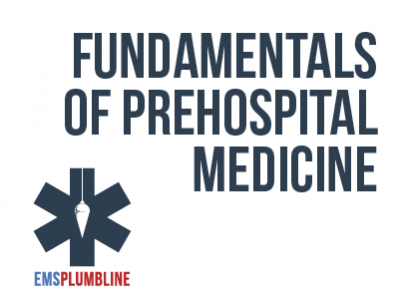 |
Stroke—Overview for BLS Providers |
1.00 |
It is always a benefit to be able to speak with an experienced paramedic and gain their opinions on pre-hospital care. Medical Director, Jeremy Cushman, puts on his paramedic hat and offers opinions on one of the most time sensitive emergencies that we see in the pre-hospital setting. Join us in a discussion that defines Stroke and discusses why recognition, communication, treatment, and transport is so vital to our patients' success. Final Exam: This multiple-choice exam is designed to test your knowledge of the material you just reviewed. You have two attempts to gain an 80% or higher on this exam. Please take your time and answer each question carefully. |
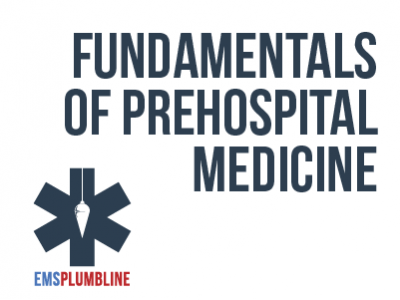 |
Assessing the Elderly—Dementia vs. Delirium |
0.50 |
One of the most common challenges that EMS crews face when assessing elderly patients is to differentiate between dementia and delirium. This brief review will allow providers the opportunity to assess their knowledge of the topic. The lesson concludes with a few challenging exam questions that will be fuel for good discussion within your agency.
Final Exam: This multiple-choice exam is designed to test your knowledge of the material you just reviewed. You have two attempts to gain an 80% or higher on this exam. Please take your time and answer each question carefully. |
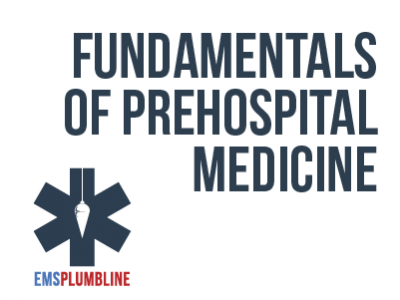 |
Building Upward: BLS Diabetes Discussions |
2.00 |
We captured an engaging discussion between a retired ALS provider and a system medical director. Michelle Cerone and Dr. Jeremy Cushman spoke about the topic of diabetes. Refreshing BLS providers can use the information from the discussion and the scenarios that were built following its conclusion to meet minimum competencies and more.
Final Exam: This multiple-choice exam is designed to test your knowledge of the material you just reviewed. You have two attempts to gain an 75% or higher on this exam. Please take your time and answer each question carefully. |
 |
Building Upward: BLS Pharmacology Lesson 1—Albuterol |
1.50 |
The Building Upward Series is designed for the EMT who would like to review their basic skills and learn a little more than what was offered in the standard original course. If you are an EMT who is looking for a challenge and would like to know what questions to ask, this series is for you. Most BLS providers find the world of pharmacology to be one of the more confusing topics in prehospital medicine. This is the first lesson in a series that gives the BLS provider an opportunity to relate some advanced concepts to their practice as BLS providers. We begin with the commonly used medication albuterol sulfate and discuss many fundamental concepts that every provider should know when administering medications in a prehospital setting. Final Exam: This multiple choice exam is designed to test your knowledge of the material you just reviewed. You have two attempts to gain a 75% or higher on this exam. Please take your time and answer each question carefully. |
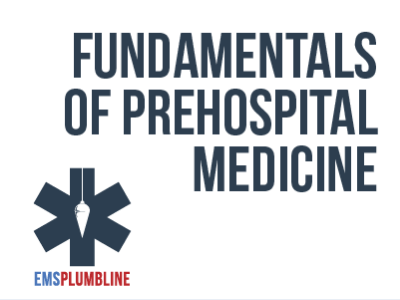 |
Building Upward: Pulse Oximetry for BLS Providers |
1.00 |
Pulse oximetry is a tool that can give a medic a great deal of insight into the patient's condition. Paramedic Instructor Peter Bonadonna does a fantastic job of illustrating the fundamental issues that surround pulse oximetry readings and how they should be interpreted. Final Exam: This multiple-choice exam is designed to test your knowledge of the material you just reviewed. You have two attempts to gain an 80% or higher on this exam. Please take your time and answer each question carefully. |
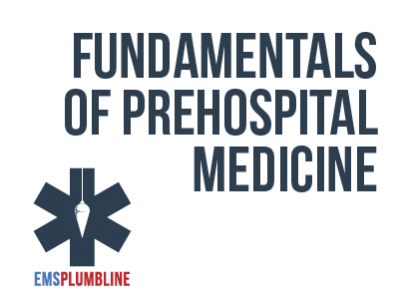 |
Building Upward: Resuscitation of Anaphylactic Shock Part 1—Overview |
1.00 |
Retired ALS provider, Michelle Cerone, speaks with Dr. Jeremy Cushman about the recognition and treatment of anaphylactic shock. This discussion gives the BLS provider the opportunity to compare allergic reactions to the life-threatening condition that requires rapid intervention. Final Exam: Please read each question carefully. You will have two attempts to gain a 70% or higher on this exam. If you are not successful in two attempts, you are welcome to take the course again to gain the certification. |
 |
Instructional Planning for Teachers |
1.25 |
This course covers the instructional responsibilities of a teacher in the classroom. It is just one of many teacher courses we offer. This course will help you understand what your role as a teacher is in supporting students through instruction and how to support teaching and learning. |
 |
Integrating Computational Thinking into the Classroom |
1.25 |
This course covers integrating computational thinking into the classroom. It is just one out of many K-12 education courses we offer. This course will help you develop new knowledge about helping students become effective problem-solvers, ready to tackle the challenges of the modern world. Educators are crucial in preparing students for a future where adaptability and critical thinking are paramount. |
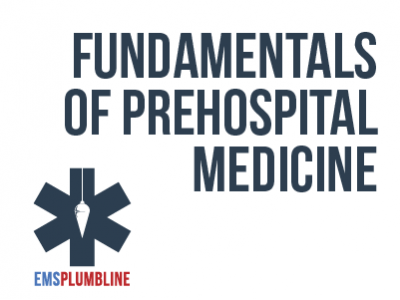 |
Building Upward: Resuscitation of Anaphylactic Shock Part 4—Scenario 3 |
1.00 |
This scenario involves a patient with special needs who has developed angioedema. Paramedic student Vanessa Petote and Medical Director Dr. Jeremy Cushman speak about the care that a special needs patient must receive, as well as the specific challenges that accompany a patient with a potentially unstable airway. Final Exam: Please read each question carefully. You will have two attempts to gain a 70% or higher on this exam. If you are not successful in two attempts, you are welcome to take the course again to gain the certification. |
 |
Concreting: Assessing the Elderly—Respiratory |
1.00 |
One of the most common responses for EMS providers is the chief complaint of shortness of breath (SOB). In this session, we discuss the challenges of obtaining a history of present illness (HPI) in a patient that potentially has one of three significant differentials: COPD, pulmonary embolism, or pneumonia. We will also briefly discuss what a BLS provider should do when preparing these patients for ALS level care. Final Exam: This multiple choice exam is designed to test your knowledge of the material you just reviewed. You have two attempts to gain an 80% or higher on this exam. Please take your time and answer each question carefully. |
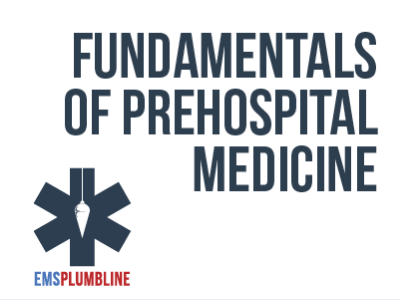 |
Brick by Brick: Assessing the Elderly—Female Cardiac Patient |
1.00 |
We know that there are unique challenges when assessing elderly patients. BLS providers also encounter unique challenges when assessing females for potential cardiac problems. This lesson briefly reviews the BLS assessment skills that are required for both populations. The introduction of 12-lead ECG acquisition gives the BLS provider a chance to orient themselves to the skills necessary when working in a system that requires recording and/or transmission of such tracings. The multiple choice exam is designed to test your knowledge of the material you just reviewed. You have two attempts to gain an 75% or higher on this exam. Please take your time and answer each question carefully. |
 |
Collaborative Protocol Update - Ketamine |
0.60 |
This course is designed to be taken by all ALS providers in the MLREMS region as an addition module for the 2017 NYS Collaborative Protocol update.
A score of 70% is required to pass the exam which follows. |
 |
Ketorolac in Prehospital Medicine |
0.65 |
This module is designed to introduce Ketorolac (Toradol) to providers in the MLREMS region as an optional addition to the formulary. |
 |
Sepsis - What's new in caring for these patients? |
0.75 |
A comprehensive update provided for an intended audience of prehospital care providers. This update introduces new definitions for sepsis and septic shock, reviews sepsis epidemiology, pathophysiology, disease morbidity and mortality, and prehospital treatments. |
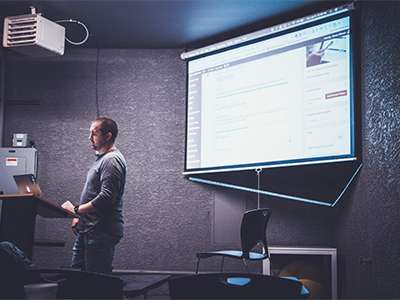 |
Effective Presentations: Fundamentals of Persuasion (Instructor Guide) |
1.17 |
Although all presentations are persuasive to some extent, a true persuasive presentation attempts to influence the way audience members think about something or influence the way they behave.
This Instructor's Edition of this course includes notes and suggestions to assist you in presenting the material, whether in an in-person classroom setting, or as an instructor-led online or distance-learning course. It also provides you with the answers to questions found in mid-lesson activities, as well as in the quiz that concludes the course. |
 |
Beginning a New Career |
0.50 |
In this course, you’ll learn some tips to determine what career is right for you, what to consider before changing careers, how to evaluate yourself as you consider a career, and more. |
 |
ALS Airway Response - Part One |
1.00 |
This conversation with Dr. Christopher Galton turns into a lesson that any paramedic (no matter what their background) will find beneficial in their attempt(s) to improve their Airway Skills. Dr. Galton, leads this discussion by bringing together his experiences in the pre-hospital arena, the emergency department, the ICU, the operating room, and beyond. Pull out a pen and paper and get ready to write down talking points that you will undoubtedly debate with fellow paramedics. You have two attempts to gain a 70% or higher on the exam. Take your time and good luck! |
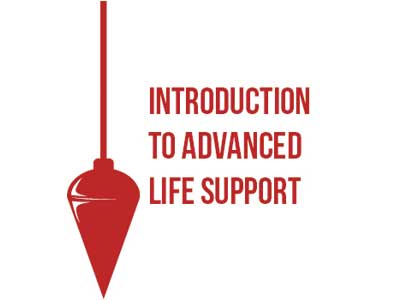 |
ALS Airway Response - Part Two |
1.00 |
In a twenty minute discussion, Dr. Galton shared some very valuable opinions that were formulated, in a large part, from his many years as a paramedic. Join us for an extension of this discussion. In this second part, Dr. Galton briefly discusses exhalation of CO2, Instrumenting an Airway, Management of Gastric Tubes, and more. You have two attempts to gain a 70% or higher on this exam. Take your time and good luck! |
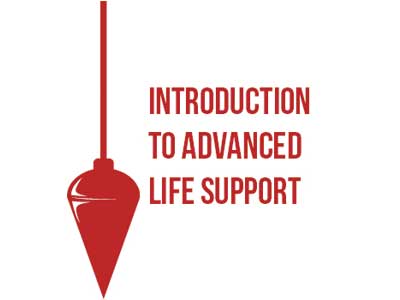 |
ALS Airway Response - Part Three |
0.75 |
This final session offers some thoughts on what should be accomplished when attempting to intubate the sickest of patients. This is a brief overview that allows the new ALS provider a chance see what should be learned. Think of this as an opportunity to learn how to assist RSI technicians with what they do.This is a very challenging exam, please take your time. You have two attempts to gain a 70% or higher. Good luck! |
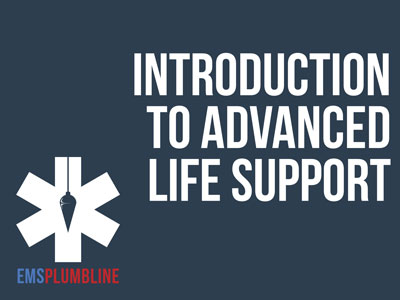 |
Post Intubation Management |
1.00 |
The NYS Collaborative Protocol: (2-34) General: Post Intubation Management permits the insertion of placement of an orogastric (OG) tube, if equipped and regionally approved. This lesson is designed to assist with that training. Experienced EMS Educator, Paramedic Jason Haag, sits down with the distinguished and seasoned Medical Director from the Finger Lakes Region, Jack Davidoff, MD. Their instruction is the perfect support module for what you and your team can do to assure psycho-motor skills in a classroom. |


























